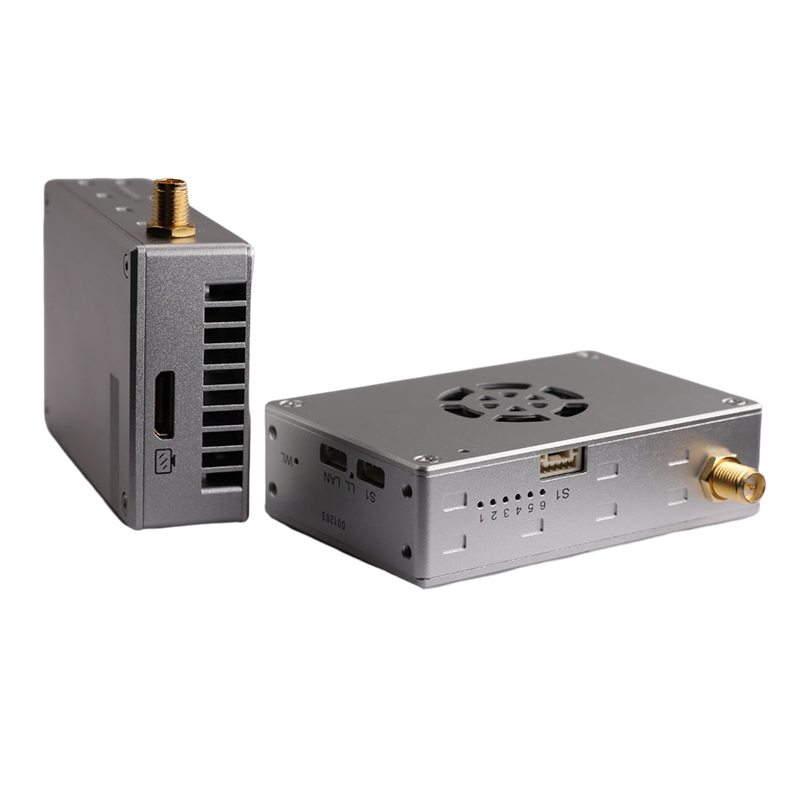By Jof Enriquez, Follow me on Twitter @jofenriq
Telecommunications startup goTenna is attempting to connect mobile devices under a completely off-the-grid, private mesh network that relies on publicly available frequencies on the ultra high frequency (UHF) spectrum. The company’s portable device, called goTenna Mesh, generates its own radio signals to send text messages and Global Positioning System (GPS) coordinates to other devices using a smartphone app, without relying on cellphone towers, routers, and satellites to transmit data. Transmitter Of Drone

It's an extension of technology featured in the company's first product, launched last year, which used very high frequency (VHF) signals to carry out point-to-point communication within a 3-to-4-mile radius. GoTenna's second device uses UHF signals instead, and doubles or triples the range by using a mesh network consisting of different devices that ping one another. A person can send private messages to another person in the vicinity using other goTenna users as relay points without them knowing. Or, those persons can receive a public broadcast message from any goTenna user in the area via a "Shout" feature. The more users there are transmitting messages in daisy chains, the wider and stronger the network gets.
This type of peer-to-peer communications is called a mesh network – a type of network topology in which a device (node) transmits its own data as well as serves as a relay for other mesh nodes, which are small radio transmitters that do not rely on wired or fixed wireless networks.
The technology itself is nothing new. The U.S. military already uses mesh networks to communicate with troops deployed in remote combat areas, where rugged terrain could block radio signals. The military's devices, however, tend to be bulky and cost tens of thousands of dollars. goTenna intended to make a more portable and affordable alternative for average consumers wary of poor or nonexistent cellphone or WiFi reception, for instance, during hikes in the wilderness or even during music festivals.
"If individuals can create communication," Daniela Perdomo, CEO and co-founder of goTenna, told Business Insider, "then you might be able to create infrastructure that is as fluid as the people who use it, which means where there are more people, there is by definition more communication, as opposed to less of it."
The company is releasing a software development kit (SDK) for programmers who want to build their own apps atop the goTenna device, so that data beyond messages and GPS locations can be shared in small bursts.
“You could even drip higher bandwidth comms over lots of small packets, respecting our protocols—which make the best use of a shared and scarce resource, the public spectrum—and reconstruct them at your app at the other end," Perdomo said in an interview with Motherboard. "After all, all media are 1s and 0s, so there's no reason you’re limited to texts and GPS. This data could include images or videos, but would need to be delivered over lots of little packets over time."
A Pro version of the goTenna device, designed for first-responders and other users of special licensed radio frequencies, is due for release early next year. A pair of goTenna devices is available for $129 on Kickstarter, but will cost $179 per pair at retail launch after 30 days. A subscription service, goTenna Plus, costs $9.99 per year, and offers topographic maps, trip statistics, automated location tracking, sharing with trusted contacts, group delivery confirmation, and network relays into traditional SMS, according to PC Mag.

Long Range Transmitter And Receiver For Quadcopter Get the latest RF/microwave industry news, insights, and analysis delivered to your inbox.